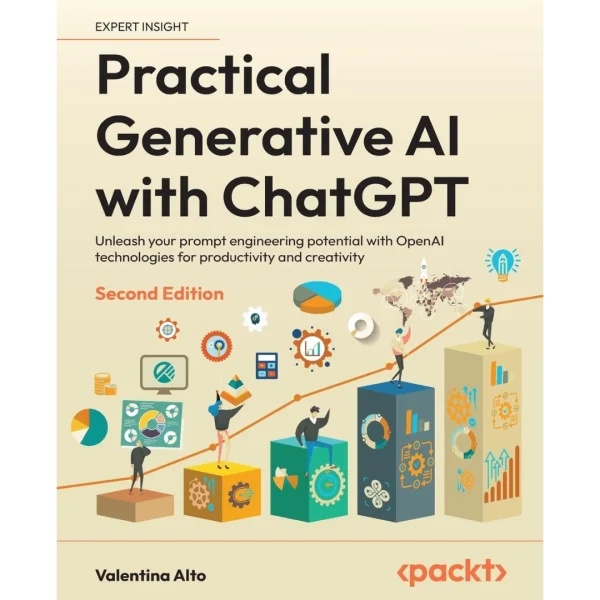
Practical Generative AI with ChatGPT: Unleash your prompt engineering potential with OpenAI technologies for productivity and creativity
Original price was: $44.99.$19.00Current price is: $19.00.
✔️ (PDF) • Pages : 495
Practical Generative AI with ChatGPT is your hands-on guide to unlocking the full potential of ChatGPT. From building AI assistants and mastering prompt engineering to analyzing documents and images and even generating code, this book equips you with the skills to integrate generative AI into your workflow.
Written by a technical architect specializing in AI and intelligent applications, this book provides the tools and knowledge you need to streamline tasks, enhance productivity, and create intelligent solutions. You’ll learn how to craft precise prompts, leverage ChatGPT for daily efficiency, and develop custom AI assistants tailored to your needs.
The chapters show you how to use ChatGPT’s multimodal capabilities to generate images with DALL·E and even transform images into code. This ChatGPT book goes beyond basic interactions by showing you how to design custom GPTs and integrate OpenAI’s APIs into your applications. You’ll explore how businesses use OpenAI models, from building AI applications, including semantic search, to creating an AI roadmap. Each chapter is packed with practical examples, ensuring you can apply the techniques right away.
By the end of this book, you’ll be well equipped to leverage OpenAI’s technology for competitive advantage.
What you will learn
- Explore the fundamentals of generative AI and GPT models
- Master prompt engineering to consistently get relevant and reliable outputs from ChatGPT
- Develop marketing strategies and conduct meaningful A/B testing with AI assistance
- Boost your coding with code generation, review, and optimization
- Enhance research with real-time knowledge mining
- Enhance your visual creativity with image generation, image understanding, and style transfer
- Design custom GPTs and assistants tailored to specific business functions
- Discover how enterprises are leveraging large language models for their AI apps
Who this book is for
This book is ideal for business professionals, developers, marketers, researchers, and decision-makers who want to leverage AI to enhance productivity. No advanced technical background is required for the foundational sections, making the content accessible to beginners, while later chapters provide depth for technical professionals implementing enterprise solutions. If you’re seeking practical applications of generative AI in business contexts, you’ll find immediate, actionable value in this book.
Table of Contents
- Introduction to Generative AI
- OpenAI and ChatGPT: Beyond the Market Hype
- Understanding Prompt Engineering
- Boosting Day-to-Day Productivity with ChatGPT
- Developing the Future with ChatGPT
- Mastering Marketing with ChatGPT
- Research Reinvented with ChatGPT
- Unleashing Creativity Visually with ChatGPT
- Exploring GPTs
- Leveraging OpenAI Models for Enterprise- Scale Applications
- Epilogue and Final Thoughts
7 reviews for Practical Generative AI with ChatGPT: Unleash your prompt engineering potential with OpenAI technologies for productivity and creativity
You must be logged in to post a review.
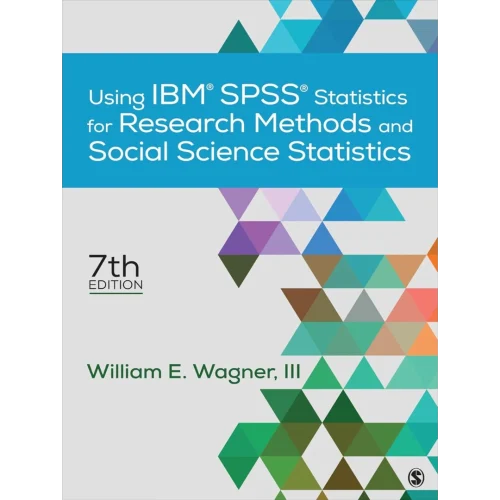
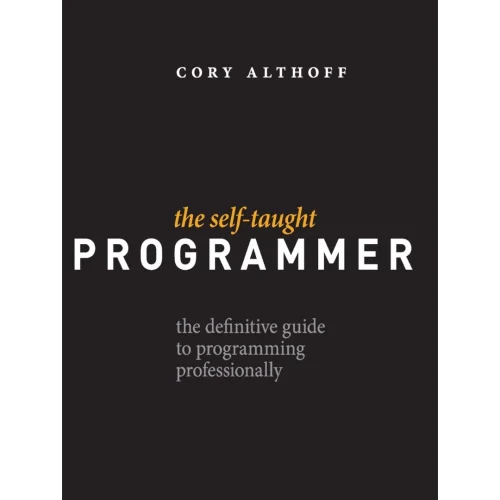
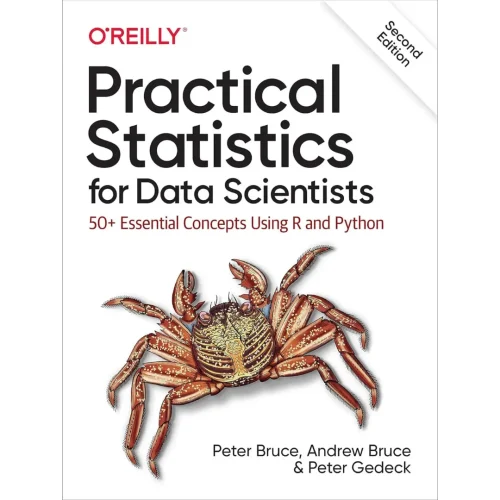





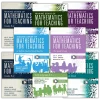



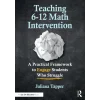


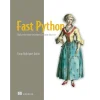
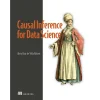
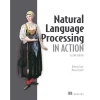


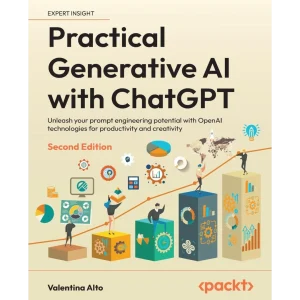




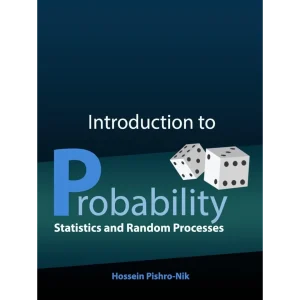

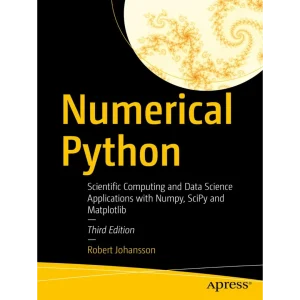
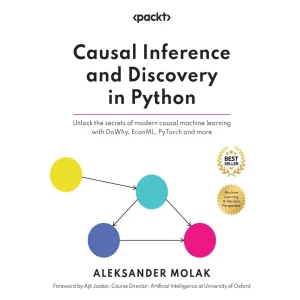

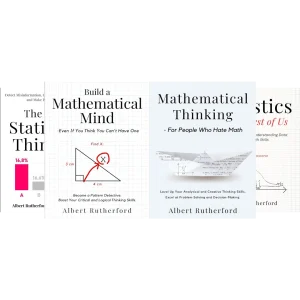
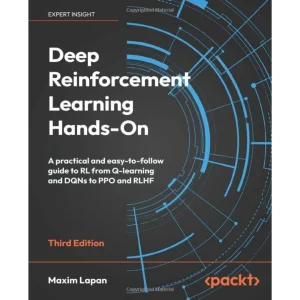


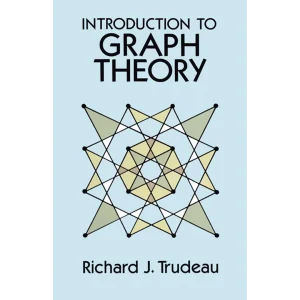
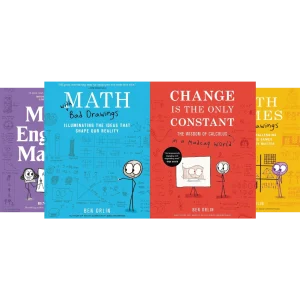
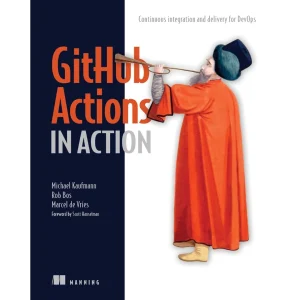


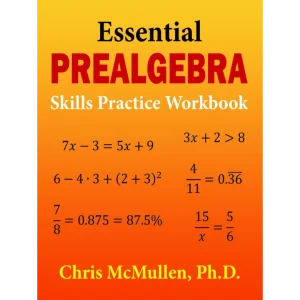
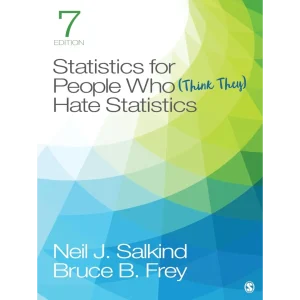



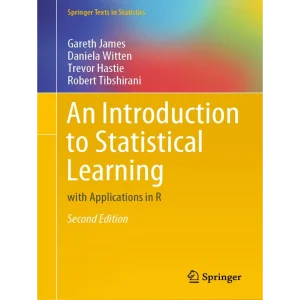



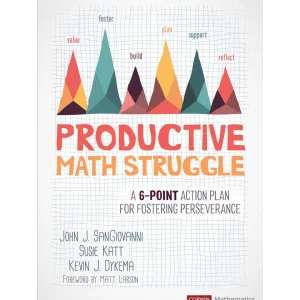


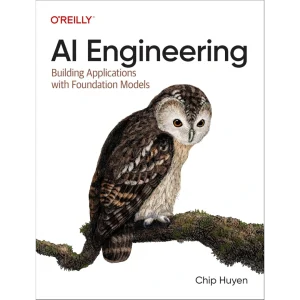



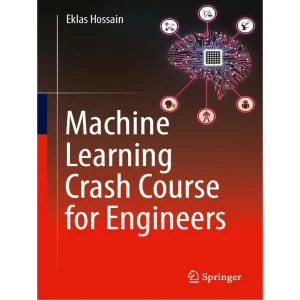

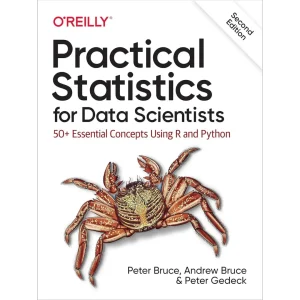




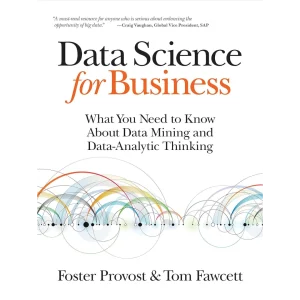

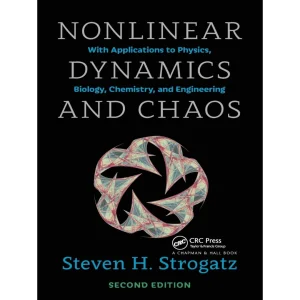



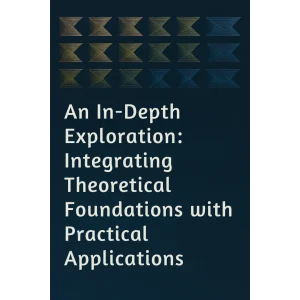

Tans (verified owner) –
I finally had the opportunity to be an early reviewer of this book after waiting for it. The book fulfills the expectations. Really appreciate how it teaches to include generative AI into your workflow, from creating AI assistants and mastering prompt engineering to analyzing documents and even writing code. Totally worth a read!
D&A (verified owner) –
I picked this up as someone with minimal experience in AI, and it’s been incredibly helpful. It doesn’t just explain the theory but it also walks you through how to implement things in a structured, thoughtful way. and the step-by-step guidance on prompt engineering really improved how I use ChatGPT. Some parts get a bit technical toward the end, but that also makes it a good long-term resource as I level up.
arsalan (verified owner) –
I appreciate that how the multimodal features of ChatGpt are explained in this book. Additionally, the usage of real-world examples to help us apply it to our everyday workflow has been amazing. The reading style has been carefully developed by the author which is grabbing the attention. Extremely well-organized! The book is excellent and includes real-world examples.
POE (verified owner) –
What a wonderful practical guide to ChatGPT and Generative AI. The author does an excellent job providing foundational concepts and practical uses for using ChatGPT for efficiency. Concepts such as chain of thought, prompt engineering, and ReAct are considered. The author includes several sections on ethical considerations. This is a truly great guide to ChapGPT and Generative AI. This is a a wonderfully informative book.
Michael Dupagne (verified owner) –
I concur with the early reviewers of “Practical Generative AI with ChatGPT” and highly recommend this book for Generative AI (GenAI) users, especially those who use ChatGPT.
As an academic who is a GenAI user but not a data scientist or software developer, I felt this book was a necessity for the “mere mortals” who seek to improve their output performance across disciplines. For me, the key benefits of the text included:
1. The breadth of information (e.g., generation of social media posts, research summaries, and creative images). I agree with the back cover note that “By the end of this book, you’ll be well equipped to leverage OpenAI’s technology for competitive advantage.”
2. The focus of the book on prompt engineering instead of Python coding is a big plus for readers who are not programmers. Eventually, GenAI will diffuse in the workplace through the prompt engineering skills of employees. Not too many books (I have about 10 on the subject of GenAI) take this angle.
3. The author, Valentina Alto, did a nice job reproducing systematically both the prompts and the outputs (responses) so that readers can replicate the procedures and, perhaps more importantly, apply her advice to other issues or questions.
4. The book is an introduction to ChatGPT, but it also covers some intermediary-level topics, such as retrieval augmented generation (RAG), model evaluation, OpenAI Playground, and OpenAI API models (I hope that I will see more information about the syntax/delimiters of ChatGPT in a third edition:-).
5. Finally, this book was enjoyable to read, which is not always the case for other texts on the subject. It also had the right length.
Luccas Diniz (verified owner) –
It’s a really good book, well-structured and well-written. Definitely not made by AI.
I’d say it’s perfect if you’re just getting started with AI and don’t know much yet. And if you’ve been using it for a while already, you might not find loads of new stuff, though it’s still a solid read and worth a flick through.
Paul Pollock (verified owner) –
Here is a balanced book review for “Practical Generative AI with ChatGPT, Second Edition” based on the information available in the sources:
“Practical Generative AI with ChatGPT, Second Edition” positions itself as a comprehensive guide covering the fundamentals, practical applications, and enterprise implementations of generative AI with a special focus on ChatGPT.
The book effectively details how generative AI can be a valuable assistant across various domains, including boosting daily productivity, generating and improving text content, assisting with ode development, enhancing marketing strategies like SEO and sentiment analysis), and even reinventing research by aiding in literature review and experiment ldesign.
A key strength is the emphasis on prompt engineering principles and techniques, such as providing clear instructions, splitting complex tasks, asking for justifications, and using different levels of shot learning, which are crucial for obtaining quality results from LLMs. The book also delves into advanced topics like custom GPTs that can be built without code and the use of OpenAI APIs for embedding models in custom applications, showcasing the potential for specialization and enterprise use.
While the book provides a solid foundation and numerous practical examples, it is important to consider the **rapidly evolving nature of the AI field, which means specific model details or features discussed could change over time. Additionally, the sources acknowledge inherent challenges when working with generative AI, such as the potential for hallucination, bias, and the necessity for a subject-matter expert in the loop to validate results, which are crucial points for users to remain vigilant about even when using the techniques presented.
Overall, the book serves as a valuable resource for understanding and applying generative AI, offering detailed insights into leveraging ChatGPT and OpenAI technologies for both personal and professional use.